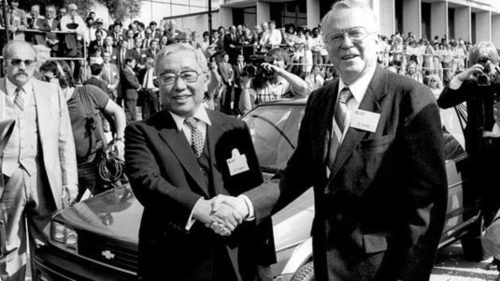Sep 18 2013
The Legacy of Eiji Toyoda | Businessweek
See on Scoop.it – lean manufacturing
Washington Post
The Legacy of Eiji Toyoda
Businessweek
He transformed Toyota into a global powerhouse with management and manufacturing processes that transcended the auto industry.
See on www.businessweek.com





Sep 20 2013
The top ten lean manufacturers | Manufacturing Digital
See on Scoop.it – lean manufacturing

Top ten by what criteria? What is the measure of leanness on which these companies outperform everybody else? The article doesn’t say. Most “top ten” lists don’t either, but you want to see who is on them anyway. If you know the inner workings of some of these companies, you may be surprised to find them there. You may also wonder what the actions described in the paragraph about Nike have to do with Lean.
See on www.manufacturingdigital.com
Share this:
Like this:
By Michel Baudin • Press clippings 1 • Tags: Ford, Kimberly-Clark, Lean, Nike, Parker-Hannifin, Toyota